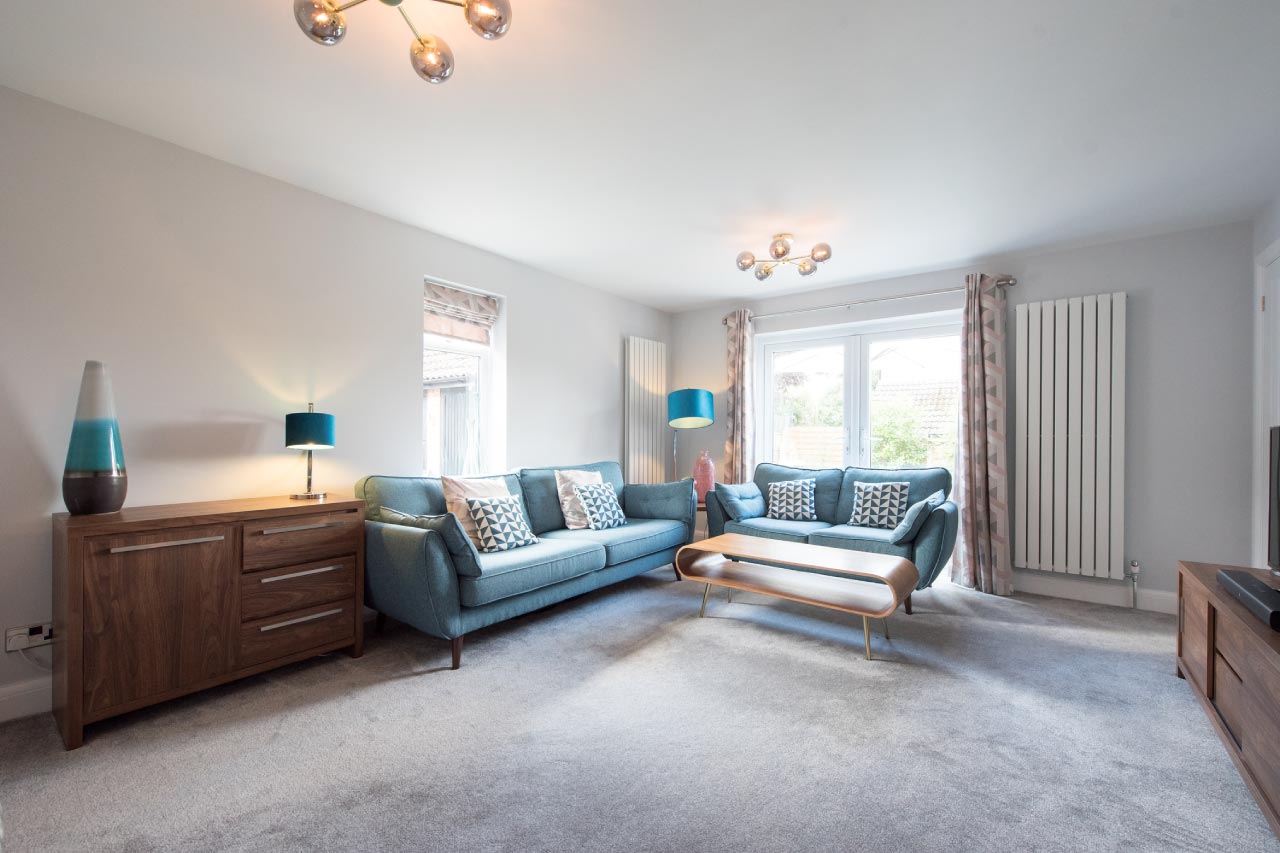

Articles
How Much Does It Cost To Carpet A Living Room
Modified: February 25, 2024
Discover the cost of carpeting your living room with our informative articles. Get insights into budget-friendly options and expert tips.
(Many of the links in this article redirect to a specific reviewed product. Your purchase of these products through affiliate links helps to generate commission for Storables.com, at no extra cost. Learn more)
Introduction
When it comes to creating a cozy and inviting living space, one of the most important elements to consider is the flooring. Carpeting can transform a cold and bare room into a warm and comfortable oasis. However, before embarking on the journey of carpeting your living room, it’s crucial to understand the factors that can affect the cost. From the type of carpet material to the size of the room and any additional costs, being well-informed will help you plan and allocate your budget wisely.
In this article, we will explore the various factors that can influence the cost of carpeting a living room and provide valuable tips to save money on installation without compromising on quality.
Key Takeaways:
- Factors such as room size, carpet material, and installation costs significantly impact the overall expense of carpeting a living room. Understanding these factors helps in budgeting wisely and prioritizing quality over price.
- While carpeting a living room can be a substantial investment, there are money-saving strategies such as shopping around, considering remnants, and negotiating installation costs. Balancing budget and quality is key to achieving a beautiful and comfortable living space.
Read more: How Much Does It Cost To Paint A Living Room
Factors Affecting the Cost of Carpeting a Living Room
Several factors determine the overall cost of carpeting a living room. Being aware of these factors can help you estimate your budget more accurately. Let’s take a closer look at each one:
- Size of the Room: The square footage of your living room plays a significant role in determining the cost. The larger the space, the more material you will need, and consequently, the higher the cost.
- Carpet Material: The type of carpet material you choose will greatly impact the cost. There are various options available, ranging from synthetic fibers like nylon and polyester to natural materials like wool. Synthetic fibers are generally more affordable, while natural materials tend to be pricier.
- Quality of the Carpet: The quality of the carpet also affects the cost. Higher quality carpets, with features like stain resistance and durability, will typically be more expensive than lower quality options.
- Installation: The cost of installation is another significant factor to consider. If you plan on hiring a professional carpet installer, their fees will be added to the overall cost. Keep in mind that installation costs can vary based on factors such as the complexity of the project and your location.
- Additional Services: Depending on your specific needs, there may be additional services required, such as removing old carpet, moving furniture, or installing a padding layer beneath the carpet. These services can add to the overall cost.
- Geographical Location: The cost of living and market prices can vary depending on your geographical location. Carpet prices might be higher in urban areas compared to rural areas due to factors like supply and demand.
By taking these factors into account, you can better understand why carpeting costs vary and adjust your budget accordingly. It’s worth noting that while price is an important consideration, it’s equally crucial to prioritize quality and choose materials that will meet your specific needs and preferences.
Types of Carpet Materials and their Costs
When it comes to choosing the right carpet material for your living room, it’s essential to consider factors such as durability, comfort, maintenance, and of course, cost. Here are some common types of carpet materials and their associated costs:
- Nylon: Nylon is a popular synthetic carpet material known for its durability, resilience, and stain resistance. It is suitable for high-traffic areas and holds up well over time. The cost of nylon carpeting can range from $3 to $6 per square foot.
- Polyester: Polyester carpeting is known for its softness, vibrant colors, and resistance to fading. It offers a wide range of style options and is generally more affordable than other materials. The cost of polyester carpeting can range from $2 to $4 per square foot.
- Wool: Wool is a natural and luxurious carpet material valued for its softness and durability. It has excellent insulating properties and is naturally stain-resistant. Wool carpets tend to be more expensive, with costs ranging from $5 to $10 per square foot.
- Olefin: Olefin, also known as polypropylene, is a synthetic carpet material that is resistant to moisture, stains, and fading. It is often an affordable option and is commonly used for outdoor or commercial applications. The cost of olefin carpeting can range from $1.50 to $3 per square foot.
- Blends: Some carpets are made from a blend of different materials, such as nylon and polyester. These blends combine the characteristics and benefits of multiple materials. The cost of blended carpeting can vary depending on the composition and quality of the materials used.
Keep in mind that these cost estimates are average ranges and can vary depending on factors such as the brand, quality, and any additional features or treatments applied to the carpet. It’s always recommended to consult with a professional or visit a local carpet retailer to get accurate pricing information and advice based on your specific requirements.
Average Cost of Carpeting a Living Room
The overall cost of carpeting a living room will depend on several factors, including the size of the room, the type and quality of carpet material chosen, and any additional services required. While exact costs can vary, we can provide you with a general idea of the average expenses involved.
On average, the cost of carpeting a living room can range from $800 to $2,500 or more, including materials and installation. This estimate is based on a living room size of approximately 250 square feet and the use of mid-range quality carpet materials. The cost per square foot can range from $3 to $10, depending on the material chosen.
It’s important to note that this estimate is just a rough guideline, and the final cost can be higher or lower depending on various factors. If you have a larger living room, require high-end carpet materials, or need additional services like furniture moving or carpet removal, the cost will likely increase.
To get a more accurate estimate for your specific living room, it’s recommended to obtain quotes from local carpet retailers or professional installers. They can assess your requirements, measure your space, and provide you with a detailed breakdown of the costs involved.
It’s also worth considering any additional expenses such as carpet padding or underlayment, which can range from $0.50 to $2 per square foot. While not always necessary, adding padding can provide added comfort and prolong the lifespan of your carpet.
Lastly, keep in mind that the price you pay for carpeting is an investment in the long-term comfort and aesthetics of your living room. It’s important to strike a balance between your budget and the quality of materials and installation to ensure you’re satisfied with the end result.
Consider the size of the living room, the type and quality of carpet, and any additional costs such as installation and padding. Get quotes from multiple suppliers to compare prices.
Additional Costs to Consider
When budgeting for carpeting a living room, it’s important to consider potential additional costs that may arise during the process. Being aware of these costs will help you plan your budget more effectively and avoid any surprises along the way. Here are some additional expenses to consider:
- Carpet Removal: If you have existing carpeting in your living room that needs to be removed before installing new carpet, there may be a cost associated with this service. Some carpet retailers or installers may include carpet removal as part of their installation package, while others may charge an additional fee.
- Subfloor Preparation: If your subfloor is uneven or damaged, it may require preparation before carpet installation. This can involve patching, leveling, or repairing the subfloor, which could incur extra costs. A professional installer can assess your subfloor and provide an estimate for any necessary preparation work.
- Furniture Moving: If you have large or heavy furniture in your living room, you may need assistance with moving it out of the space temporarily during the carpet installation process. Some installers offer furniture moving services, but they may charge an additional fee for this convenience.
- Trim and Transition Strips: Depending on the design of your living room, you may need trim or transition strips to finish the edges of the carpet or seamlessly transition between different flooring surfaces. These materials can incur additional costs, so it’s important to factor them into your budget.
- Stairs: If your living room has stairs that need to be carpeted, this can add to the overall cost. Stair carpeting requires additional labor and materials, including specialized techniques to properly install the carpeting on each step. Stair carpeting costs are typically calculated separately from the main living room carpeting.
It’s crucial to discuss these potential additional costs with your carpet retailer or installer upfront. Obtain a detailed breakdown of the services included in the installation package and ask for any potential extra charges to be clearly outlined. This way, you can have a comprehensive understanding of the overall expenses and make an informed decision that aligns with your budget.
Tips for Saving Money on Carpet Installation
While carpet installation can add up in terms of costs, there are several strategies you can implement to save money without compromising on quality. Consider the following tips to help you reduce the overall expenses:
- Shop Around: Take the time to compare prices and services from different carpet retailers and installers. Get multiple quotes and ask about any current promotions or discounts. This will enable you to find the best deal and potentially negotiate for a lower price.
- Consider Remnants: Remnants are leftover pieces of carpet from larger rolls. They can be a cost-effective option for smaller living rooms or specific areas that don’t require a full roll of carpet. Check with local carpet retailers if they have any remnants available at discounted prices.
- Opt for Mid-Range Materials: Choose carpet materials that offer a good balance between quality and cost. Mid-range options often provide durability and aesthetics at a more affordable price compared to high-end materials. Discuss your preferences and budget with the retailer to find suitable options.
- Consider DIY: If you have some experience with home improvement projects, you might be able to save money by installing the carpet yourself. Keep in mind that this requires careful planning and proper tools. However, for larger or more complex projects, it’s advisable to hire a professional to ensure a proper and long-lasting installation.
- Bargain for Installation Costs: Some carpet retailers may be willing to negotiate the installation costs, especially if you are purchasing the carpet from them. Don’t hesitate to discuss the possibility of reducing or waiving installation fees as part of the overall deal.
- Maintain a Healthy Budget: By setting a realistic budget and sticking to it, you can avoid overspending on unnecessary upgrades or features. Carefully evaluate your needs and prioritize the essential aspects of carpeting your living room, such as quality and durability. This will help prevent any financial strain in the long run.
Remember, while it’s essential to save money, don’t compromise on the quality of materials or installation. Investing in a durable and well-installed carpet will ensure longevity and minimize the need for costly repairs or replacements down the line.
By implementing these money-saving tips and working closely with carpet retailers and installers, you can achieve a beautiful and comfortable living room carpeting project within your budgetary constraints.
Conclusion
Carpeting a living room is an important investment that can significantly enhance the comfort and aesthetics of your space. By understanding the factors that affect the cost of carpet installation and considering various carpet materials and their associated costs, you can make informed decisions that align with your budget and preferences.
Factors such as the size of the room, carpet material, quality, installation, and additional services can influence the overall cost. It is essential to obtain accurate quotes from reputable carpet retailers or installers to get a clear understanding of the expenses involved.
While carpeting can be a substantial investment, there are ways to save money without compromising on quality. Shopping around, considering remnants, opting for mid-range materials, and negotiating installation costs are effective strategies for cost reduction. Additionally, contemplating DIY installation and maintaining a healthy budget will help you make the most of your finances while achieving a beautiful result.
Remember, quality and durability should not be sacrificed for the sake of savings. While it’s important to be mindful of costs, choosing a carpet that meets your needs and provides long-term satisfaction is crucial.
Ultimately, carpeting your living room is a personal choice that should align with your style and lifestyle. By considering all the relevant factors, exploring different options, and working with professionals, you can create a cozy and inviting living room that reflects your taste and enhances your overall living experience.
Frequently Asked Questions about How Much Does It Cost To Carpet A Living Room
Was this page helpful?
At Storables.com, we guarantee accurate and reliable information. Our content, validated by Expert Board Contributors, is crafted following stringent Editorial Policies. We're committed to providing you with well-researched, expert-backed insights for all your informational needs.
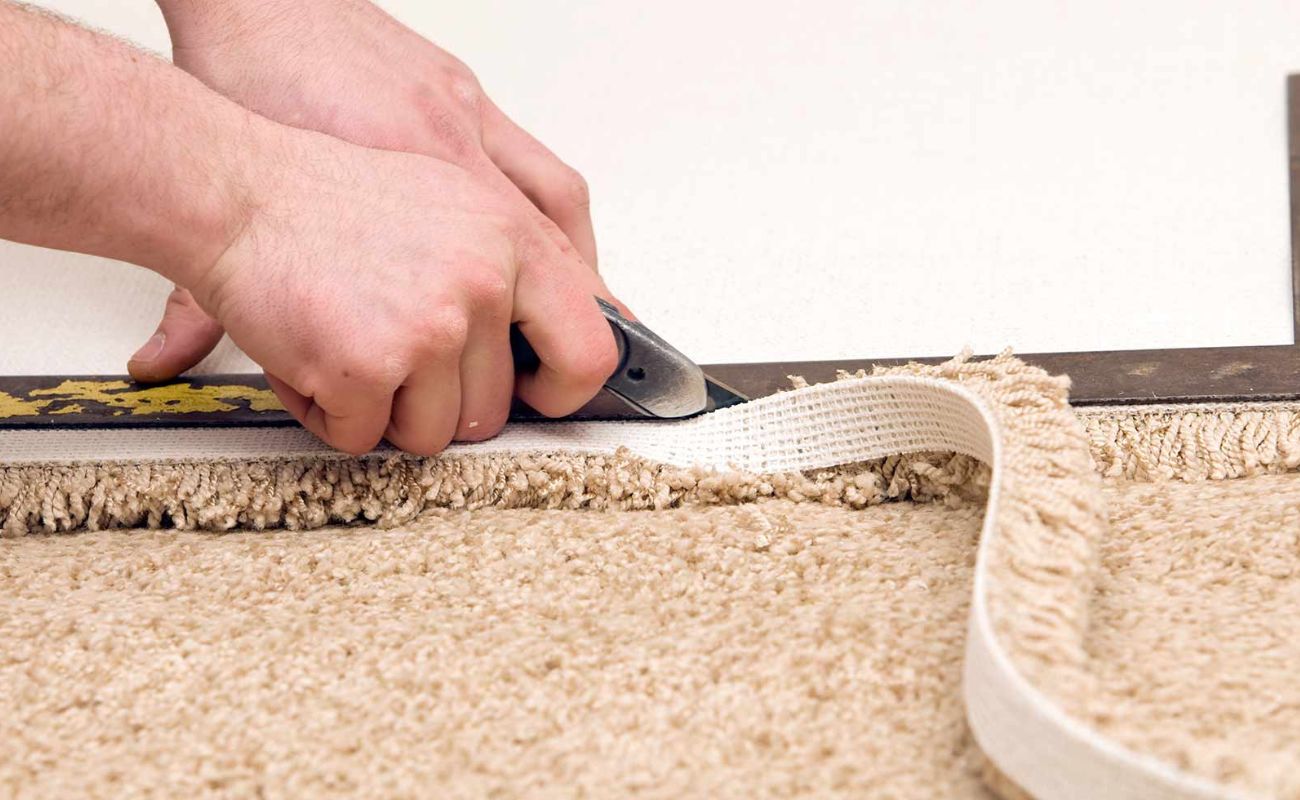
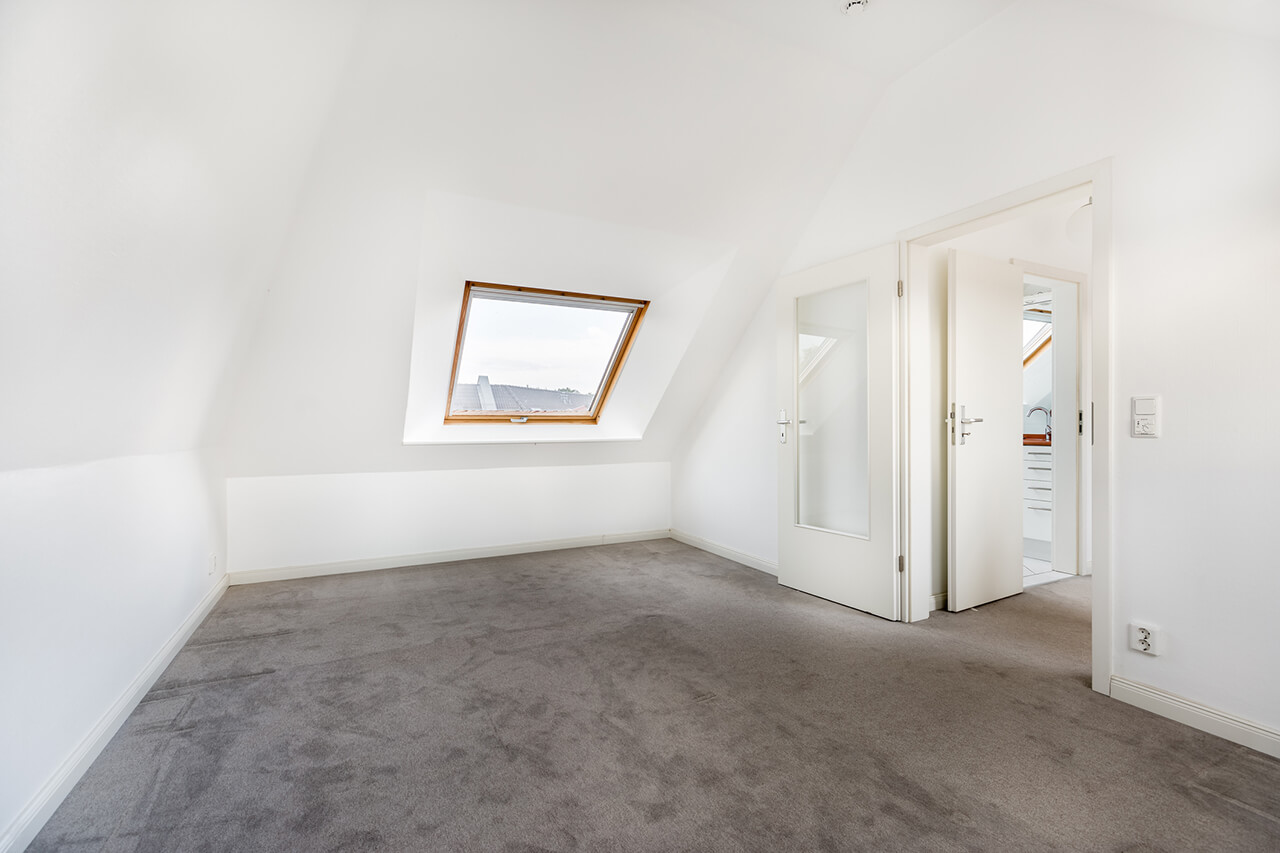
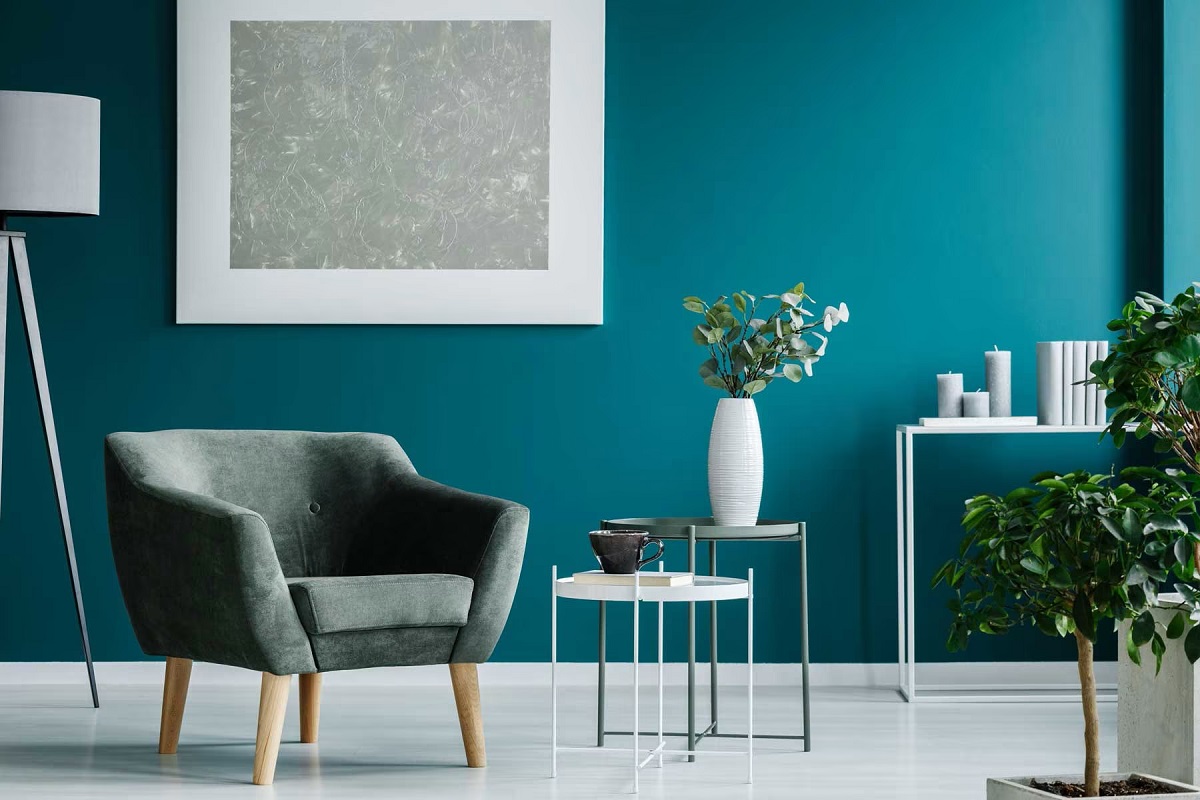
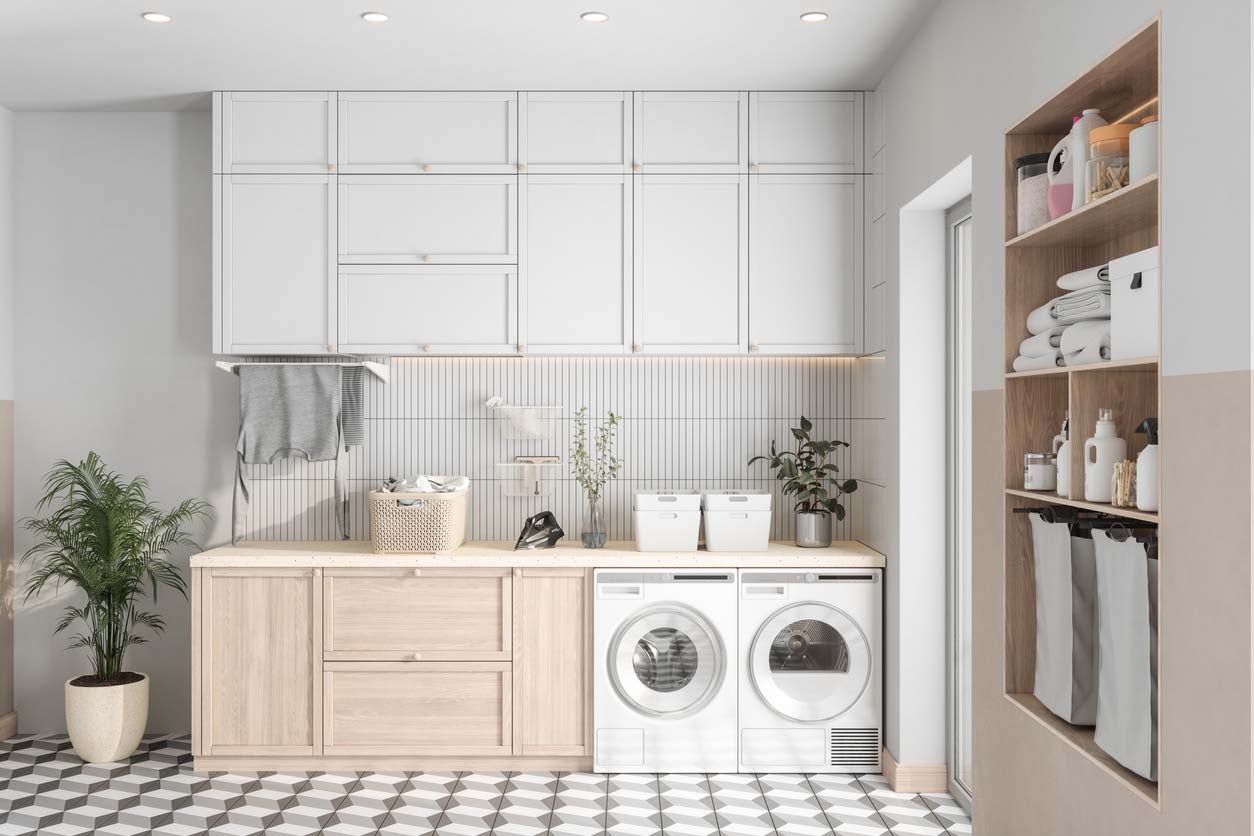
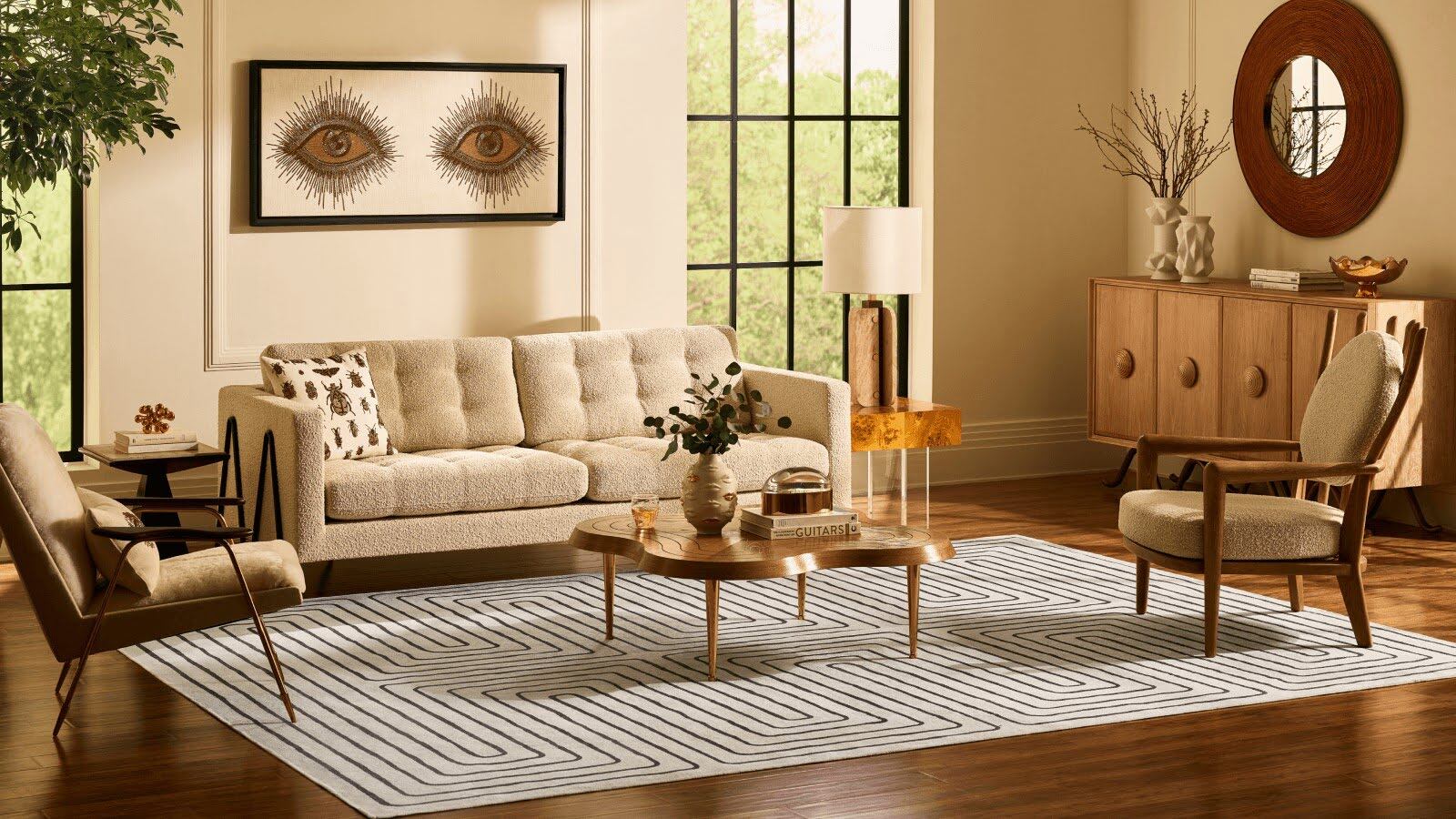
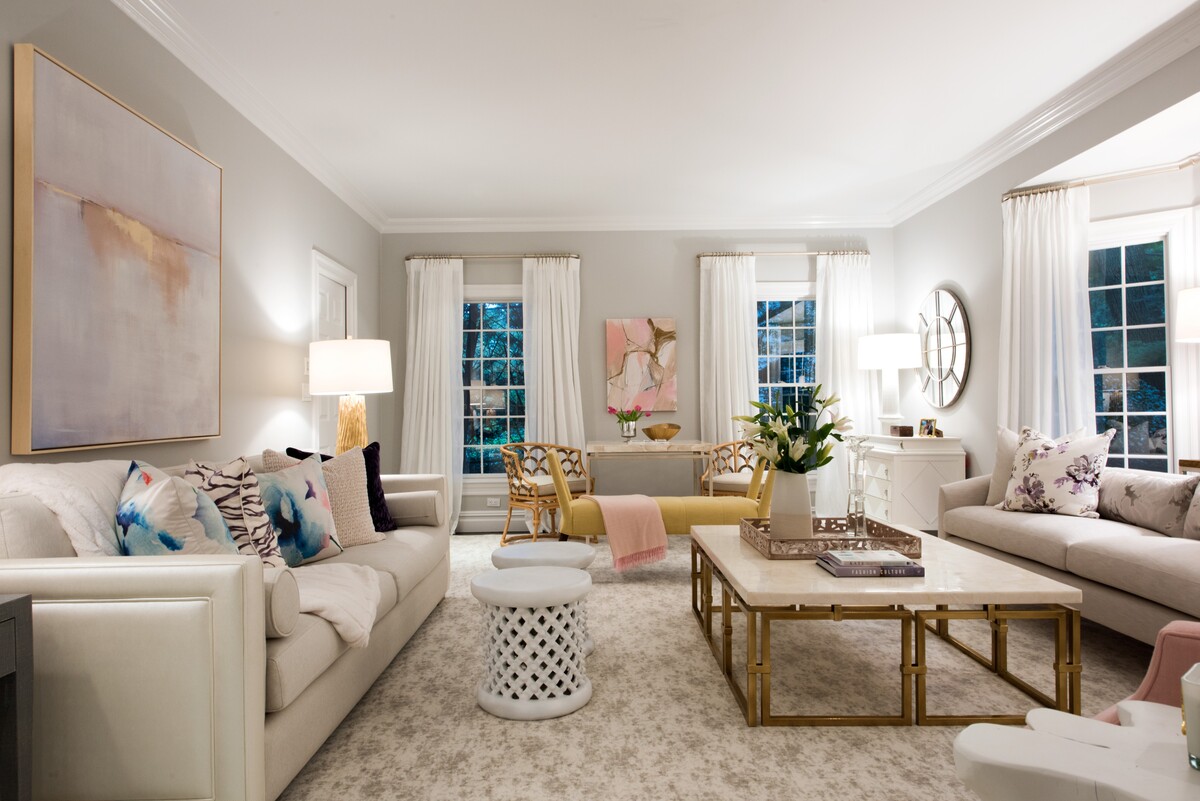

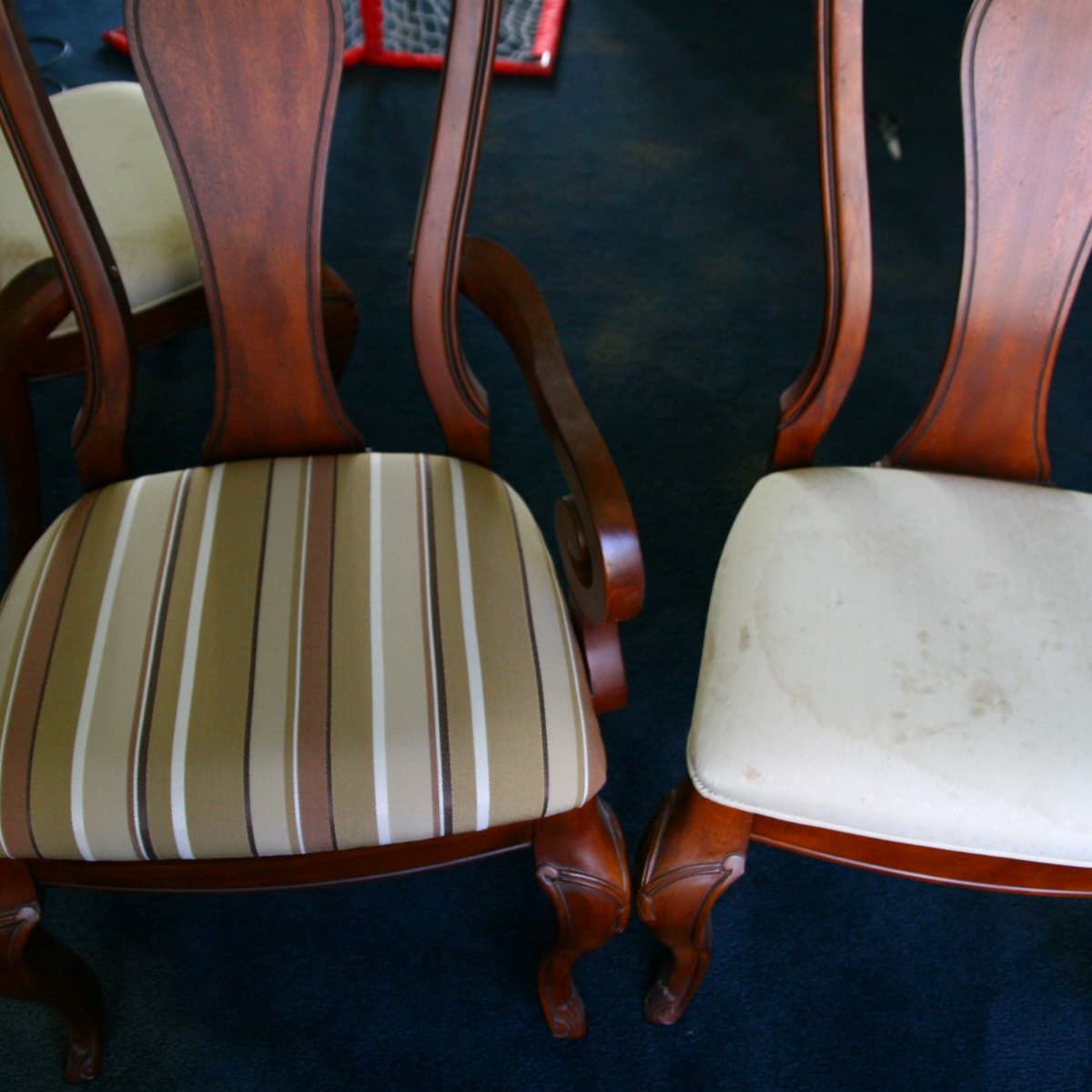
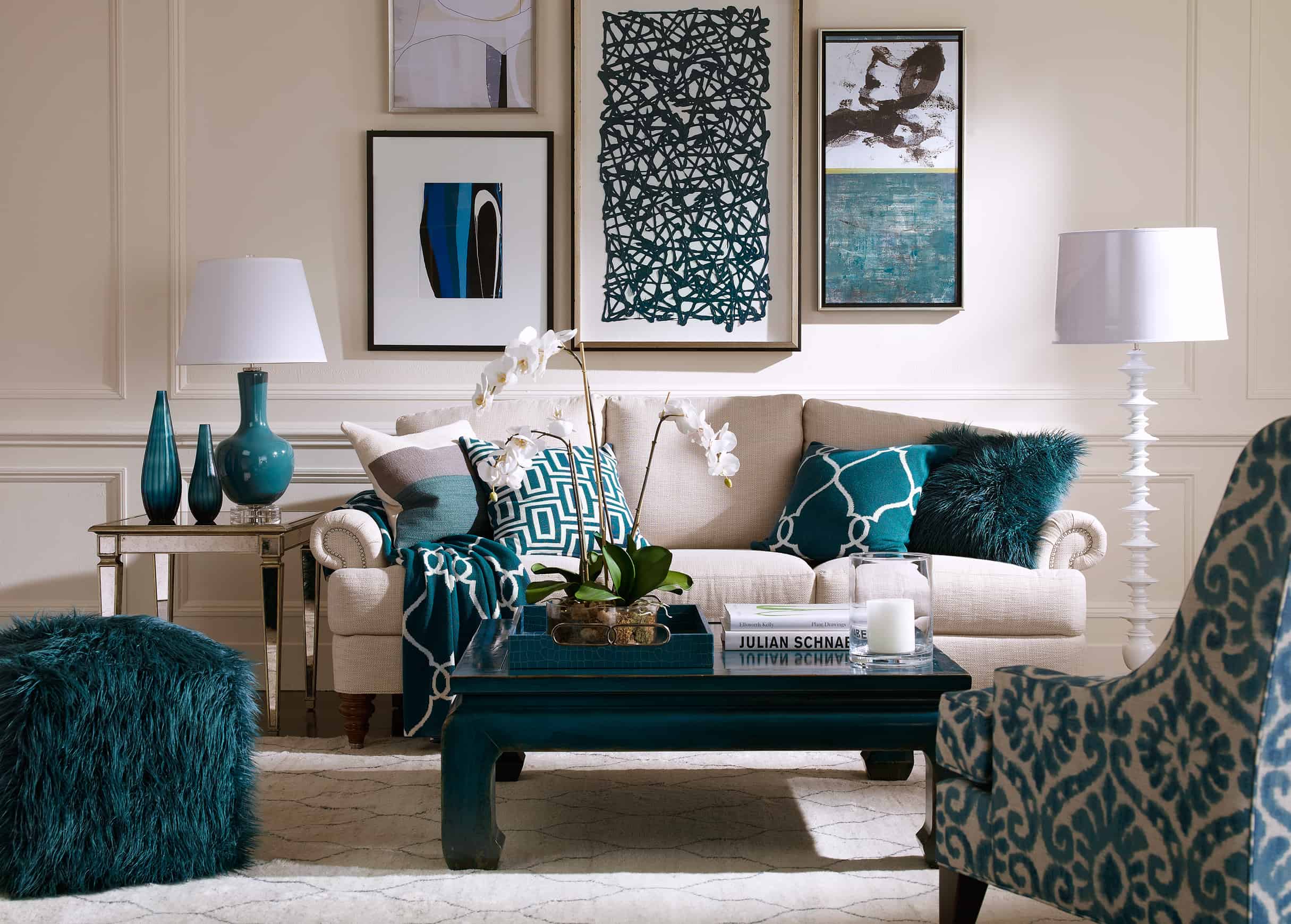
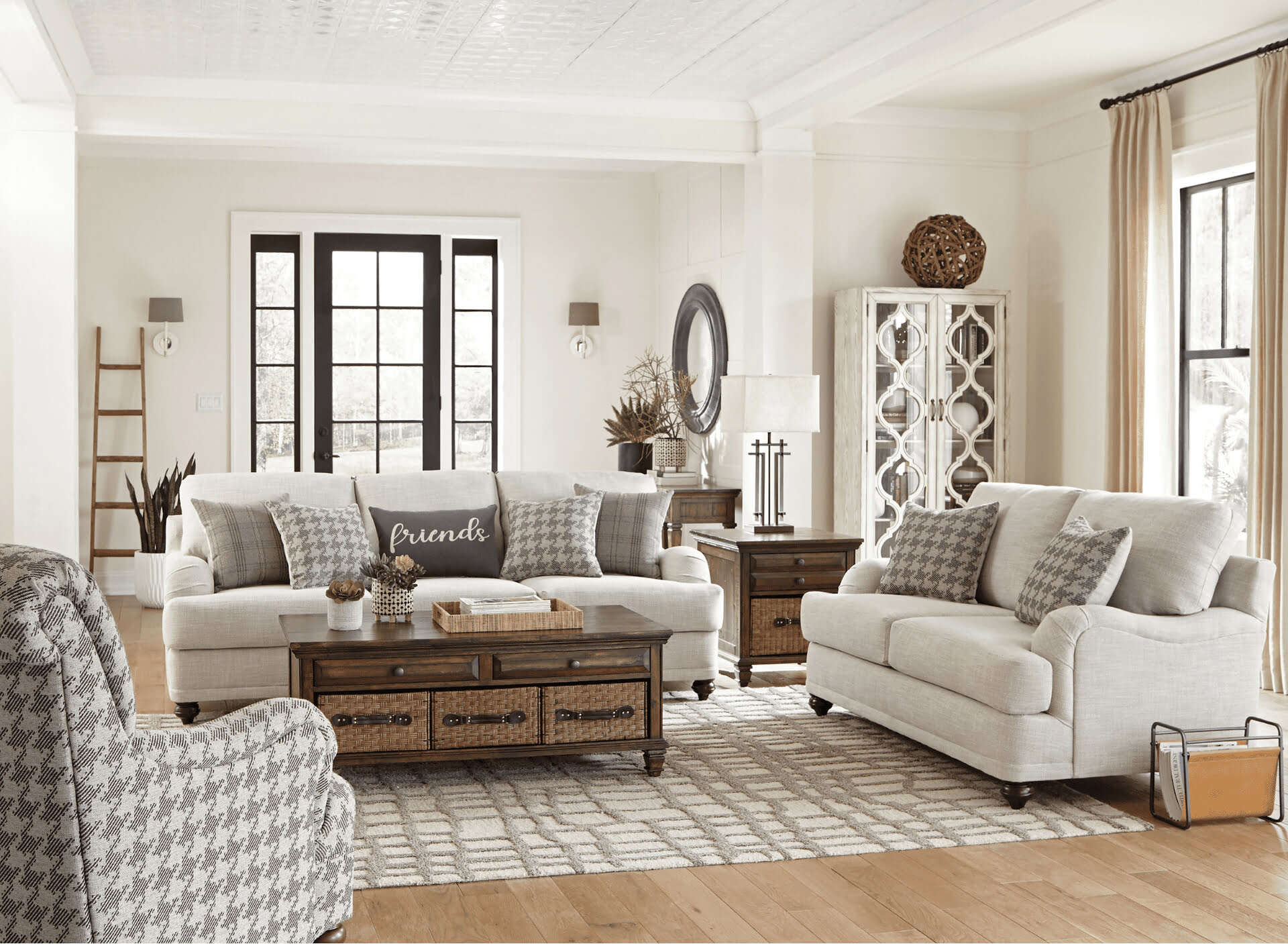
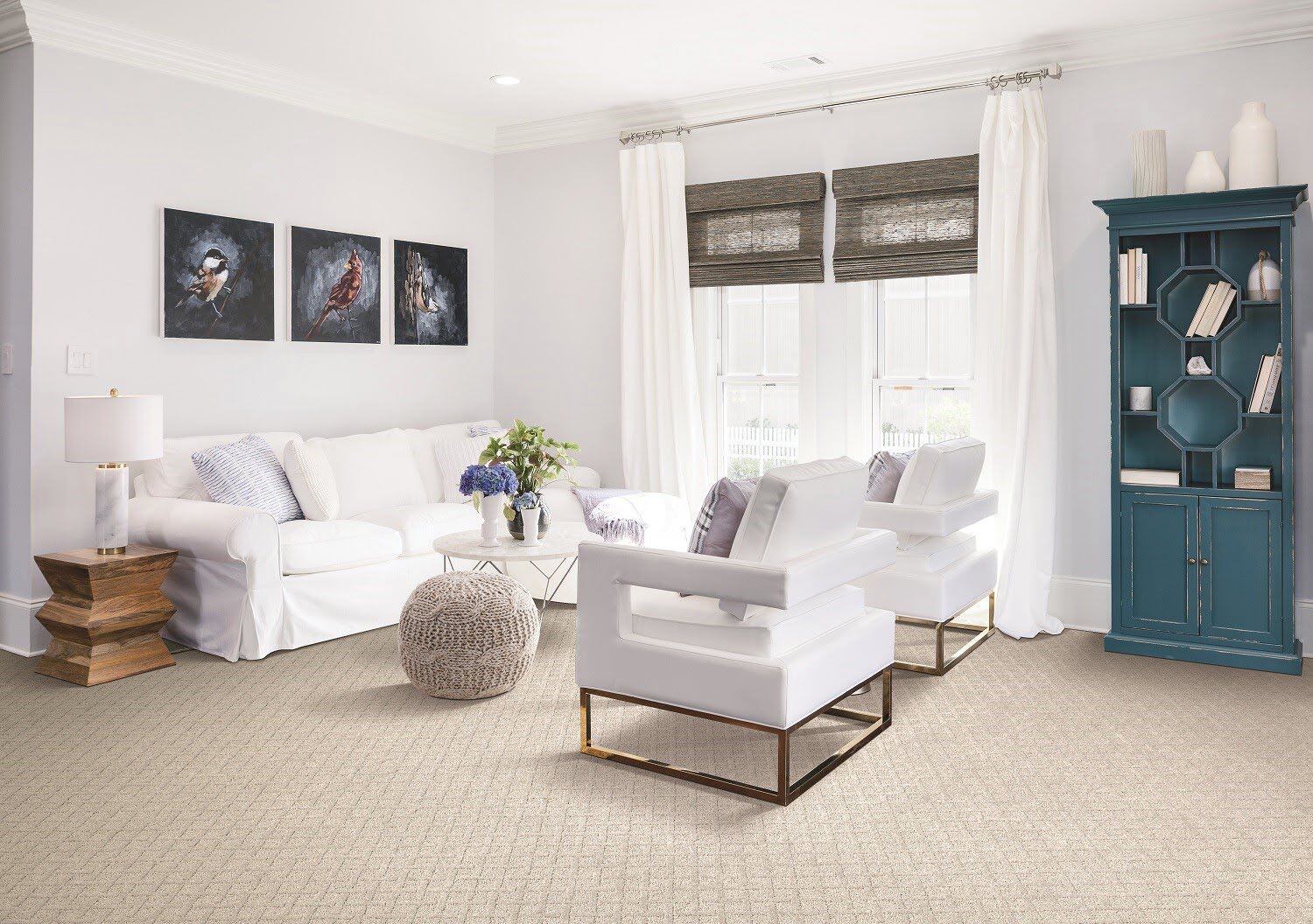

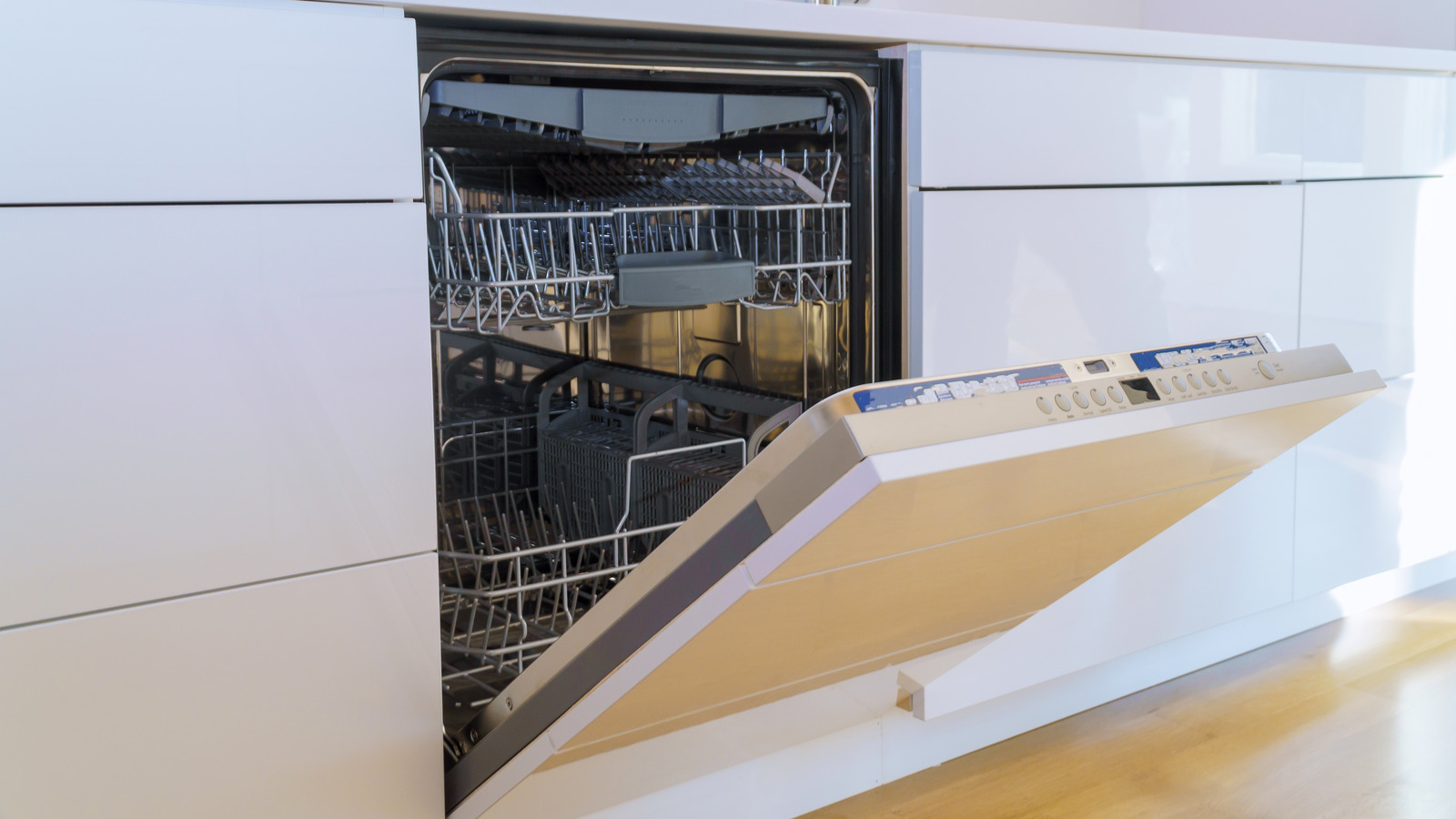


0 thoughts on “How Much Does It Cost To Carpet A Living Room”